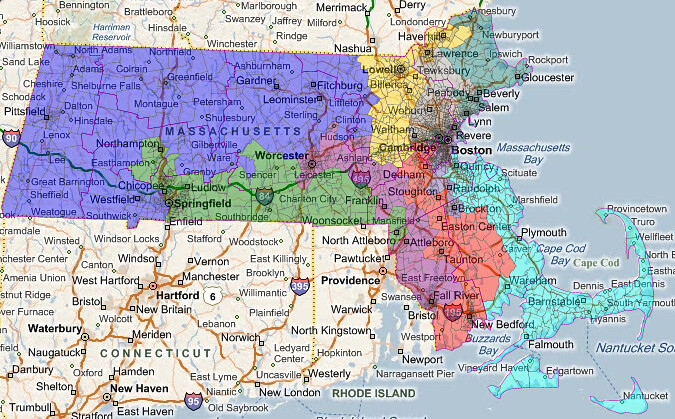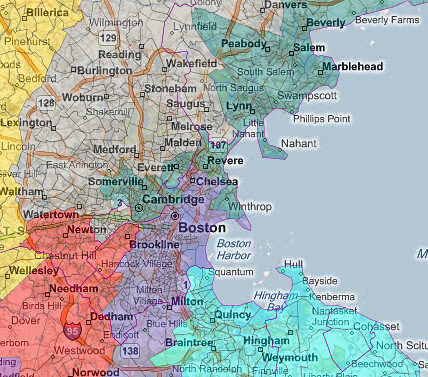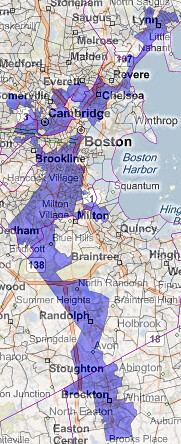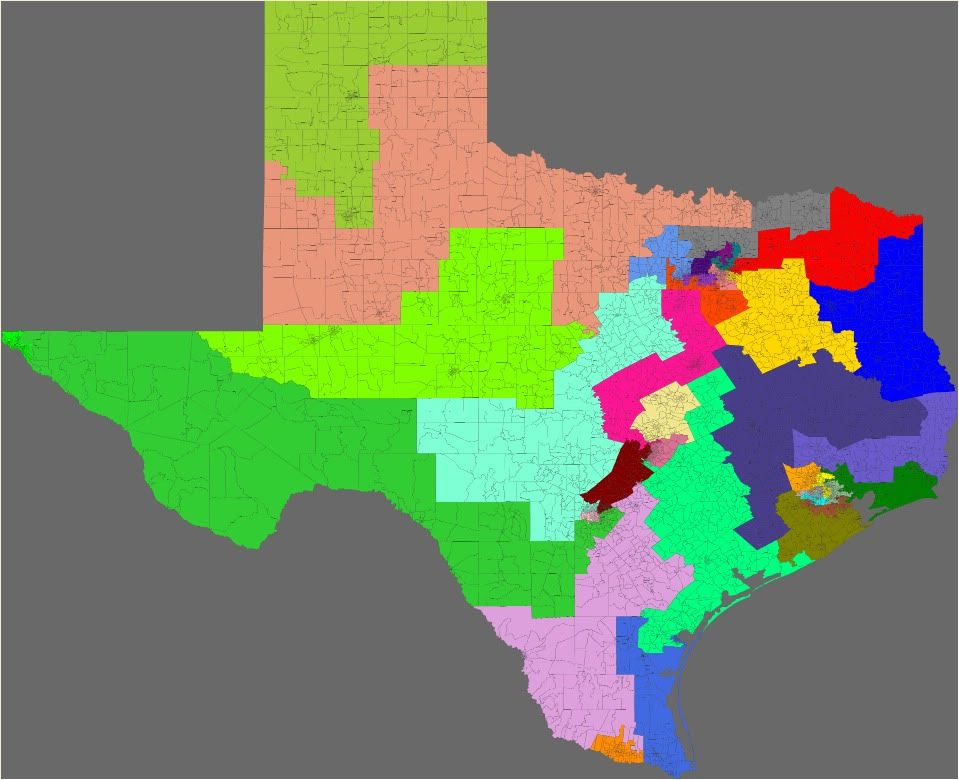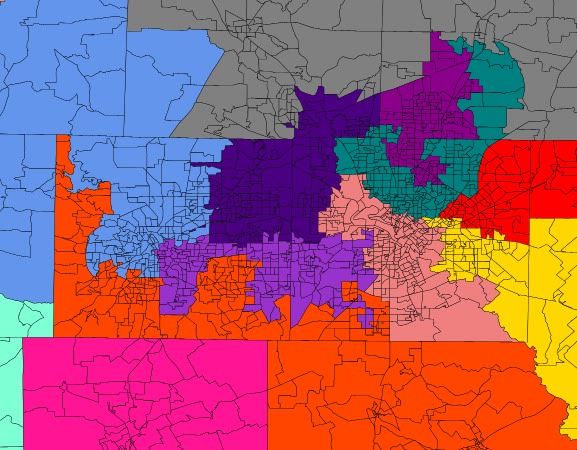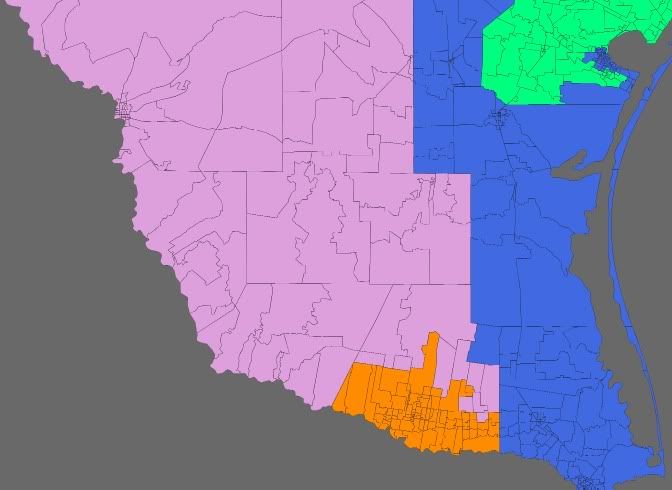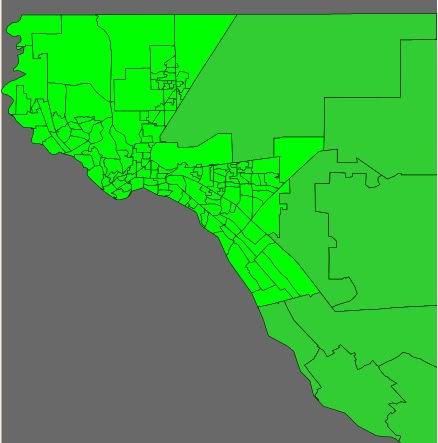• AK-Sen: This shouldn’t come as a surprise and I highly doubt that Joe Miller would listen to anything Mark Begich would say even if it weren’t a surprise, but Begich is now encouraging Miller to drop his pointless challenge to Lisa Murkowski so Murkowski can get sworn in on schedule and the pork can continue to flow to the Last Frontier. Meanwhile, Miller is now actually saying that he would have gotten away with it, if it weren’t for those meddling Inuits. In a Washington Times column, Miller blames the Native Alaskan corporations for backing Murkowski (via the Alaskans Standing Together PAC), and even (gasp! call the Fox voter fraud hotline!) putting boots on the ground to teach people how to spell “Murkowski” and bus people to the polls!!1!
• FL-Sen: If you were wondering if there was still a flicker of possibility that Jeb Bush was going to run against Bill Nelson, that’s pretty much extinguished: Bush himself acknowledged that over the weekend, admitting there’s a major problem given his support for immigration reform (and opposition to Arizona’s new law) that puts him at odds with the ascendant teabaggery. Mike Haridopolos is also letting everyone know that he wouldn’t be running if Bush were going to run, but that he’s gotten Bush’s green light. (The latter article also includes a few additional GOP names that we haven’t seen yet in connection with this race, like sophomore Rep. Tom Rooney and Adam Hasner, the former state House majority leader.)
• IN-Sen: State Sen. Mike Delph is waving his arms around madly trying to get the tea partiers’ attention for a possible primary against GOP apostate Richard Lugar, with a widely-circulated post to his own blog saying that he’s “increasingly concerned” with Lugar’s actions, especially support for the DREAM Act. The real question is whether state Treasurer Richard Mourdock gets in; Lugar’s best shot at getting through, like Dan Coats in the 2010 Senate primary, is to have the multiple teabaggers cannibalizing each others’ votes.
• NV-Sen: Democratic Rep. Shelly Berkley is mentioning some sort of timeline for deciding on whether to run for the Senate against John Ensign (or whoever decapitates him in the GOP primary): she’s saying early 2011, probably before mid-February. Worth noting: she’s sitting on $1.1 million CoH, more than your average Rep. and a good head start for a Senate bid.
• WV-Sen: John Raese, who has run and lost four times statewide, is pretty much ruling out another run for office, aware that it’s probably not a good investment of his family fortune. Also, he says he’s “worn out” (and probably wants to spend more time with his new glass conservatory). As for who will actually run, Shelly Moore Capito is naturally at the top of the GOP’s wish list, but it sounds like she’s more interested in running for Governor in 2012, making a run from some other self-funding B-lister against Manchin seem likely.
• MN-Gov: Tom Emmer’s legal team, over the weekend, pulled a large number of frivolous challenges: 2,600 of them, all from Hennepin County (Minneapolis). Between this token act of perceptions-management, and signals from Emmer attorney (and ex-state supreme court chief justice) Eric Magnuson that Emmer isn’t likely to prevail, it looks like we may actually get some resolution on this sooner rather than later.
• CA-11: I’m not sure if anyone was still wondering if David Harmer had conceded this race, as Jerry McNerney declared victory nearly a month ago and the AP also called it a few weeks ago, but he finally pulled the plug over the weekend. Harmer says he has no plans to run again.
• VA-09: Um, oooops. Here’s one veteran Dem who seems to have gotten caught with his pants down, when a late move in the polls in what had previously seemed an OK race (recall the spike in the last SurveyUSA poll of this race) seemed to come too late for him to do a last-minute ad blitz. Rick Boucher had by far the most money left over of any House Dem who lost: $699K. (Chris Carney came in second with $262K.)
• House: Here’s a long pointless list of races where the loser is operating in the usual “not ruling another run in or out” post-election mode: Glenn Nye in VA-02, Tom Perriello in VA-05, Chet Edwards in TX-17, Patrick Murphy in PA-08, and Republican Ilario Pantano in NC-07.
• DCCC: Another changing of the guard at the DCCC: Robby Mook is taking over as executive director, from Jon Vogel. He’s following the same path as Vogel, having led the DCCC’s independent expenditure arm during the 2010 cycle.
• NY-St. Sen.: The last two races in the New York state Senate are more or less resolved. Suzi Oppenheimer, as expected, has been declared the victor, and GOP opponent Bob Cohen has conceded. Craig Johnson, on the other hand, has lost, or at least was on the wrong end of the recount, although he plans to appeal. Assuming nothing changes in SD-7, the GOP will control the Senate 32-30 for this session.
• Redistricting: In Massachusetts, Democratic Secretary of State Bill Galvin is floating the idea of switching to an independent redistricting commission (albeit one that would apparently be non-binding). That’s odd, since if there’s one state where the Dems have firm control of the trifecta, it’s the Bay State. As you might expect, Dem legislative leaders are expressing little interest in the idea. They’re moving full speed ahead on the 2012 process, with state Senate president pro tem Stan Rosenberg in charge just as he was in 2002. As far as tea leaves for who might get protected in the elimination of that tenth House seat: I’m not sure if Rosenberg would be considered a John Olver ally, but it’s worth noting that Rosenberg is, like Olver, from Amherst, and succeeded Olver in the state Senate, taking over Olver’s old seat in 1991 upon Olver’s special election to the House.
